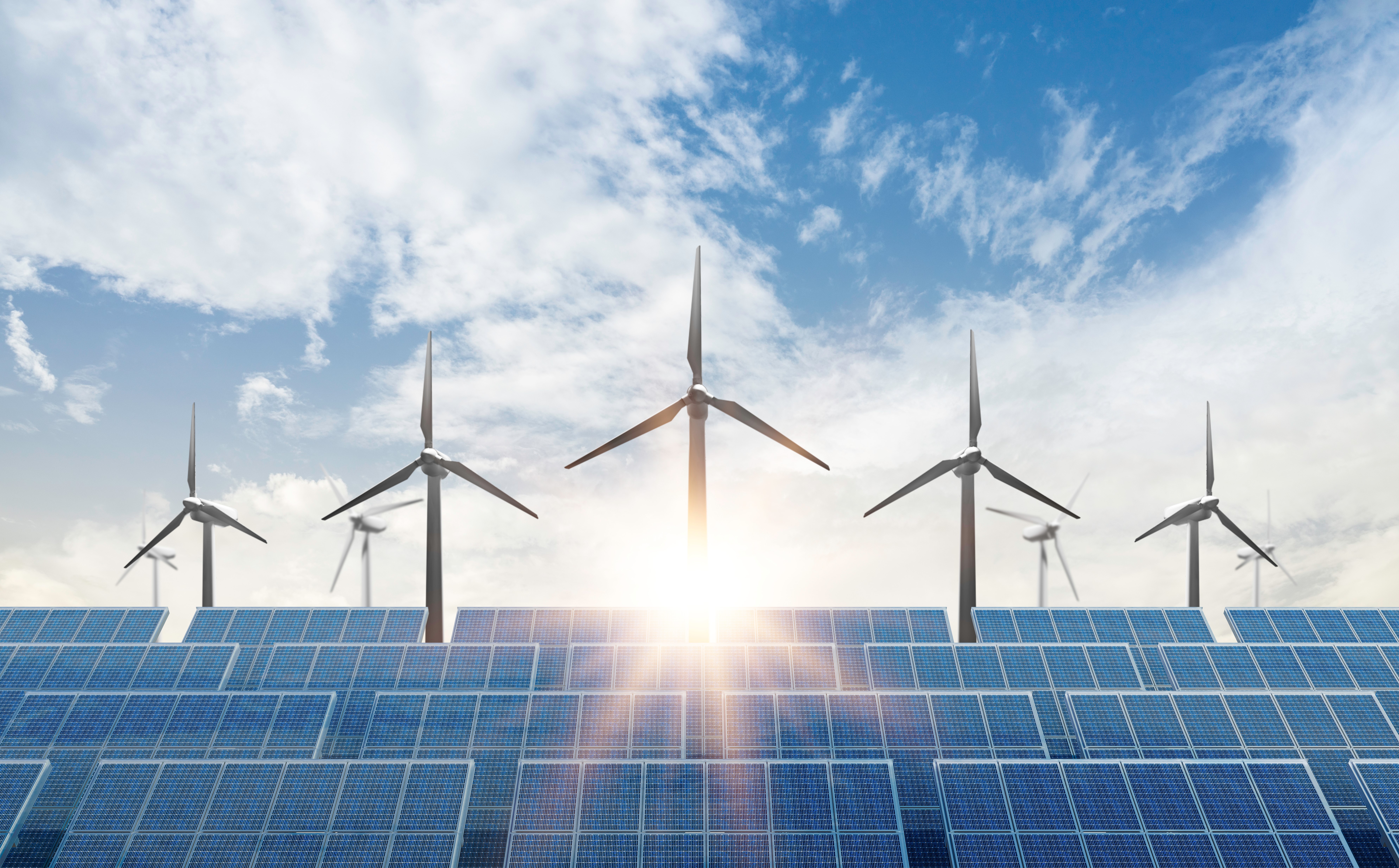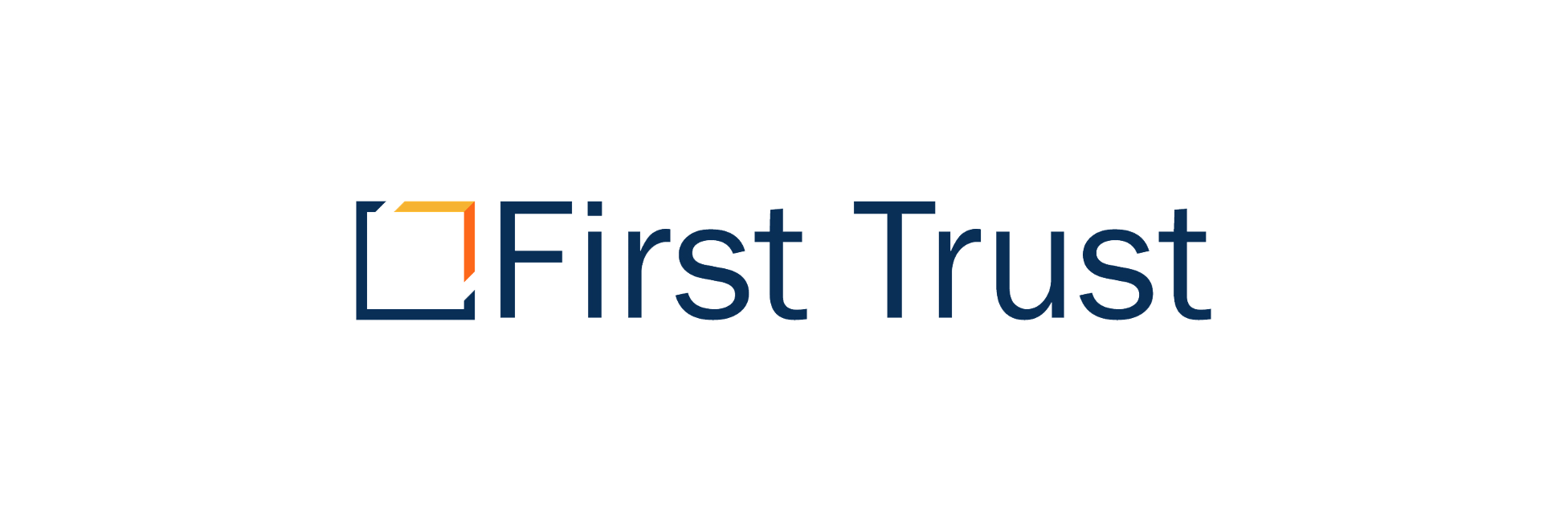Competition in the clean energy ETF space in Europe is hotting up amid increasing demand for one of the most attractive megatrends on offer.
Clean energy strategies delivered some of the best returns across all European listed ETFs last year following the continued shift to renewable resources and US President Joe Biden’s pledged support of the industry.
Highlighting this, the iShares Global Clean Energy UCITS ETF (INRG) soared 136% over the 12 months as almost $3bn inflows drove the underlying stocks higher and the Biden bounce came into effect.
Overall, clean energy ETFs in Europe have seen $1.8bn inflows so far this year, as at 23 April, according to Bloomberg Intelligence, adding to the $3.5bn seen in 2020.
Recognising the demand other issuers have launched rival clean energy ETFs to market. Legal & General Investment Management (LGIM) entered the space in November 2020 while Invesco and First Trust have brought their own versions to the European market this year.
In the build-up to ETF Stream’s webinar on clean energy ETFs on 5 May, editor Tom Eckett looks at the key differences between the five strategies available on the European ETF market.
iShares Global Clean Energy UCITS ETF (INRG)
Europe’s largest clean energy ETF with $5.5bn assets under management (AUM) has been under intense scrutiny this year after S&P Dow Jones Indices proposed to overhaul the underlying S&P Global Clean Energy index.
Previously, INRG tracked 30 stocks with each weighting capped at 4.5%, however, significant inflows last year exposed some weaknesses in the design, most notably the bias towards small caps which had seen their share prices artificially driven higher by the significant inflows.
The changes have led to a basket of 82 holdings – 66% of which are pure-play clean energy stocks, according to SPDJI’s new scoring system which gives stocks a score of either 1, 0.75 and 0.5.
Record demand for clean energy ETFs causing liquidity risks
The increase in holdings has dramatically improved INRG’s liquidity profile and means the underlying holdings are at less risk of impact if flows reverse.
One factor to note is the new index has added companies that the Chinese state has dominant stakes including China Longyuan and Goldwind, potentially a cause for concern for ESG investors. INRG is also the most expensive on the market with a total expense ratio (TER) of 0.65%.
Lyxor New Energy UCITS ETF (NRJ)
NRJ is the other elderly statesman of the sector having also launched in 2007. The $1.1bn ETF tracks the World Alternative Energy index which offers exposure to the 40 largest companies involved in the renewable energy sector as calculated by RobecoSAM.
To be included in the index, companies must derive at least 40% of their revenue from alternative energy-related activities with each stock capped at 15%, a far higher cap than INRG’s previous weighting system which leads to less of a small cap bias. The index is market cap-weighted.
The ETF is exposed entirely to companies in developed market countries with currently 36.5% in the US, 20% in France and 14.9% in Denmark.
With a TER of 0.60%, NRJ is the second joint-cheapest alongside Invesco and First Trust’s strategies.
L&G Clean Energy UCITS ETF (RENW)
Launched last November, RENW is the cheapest clean energy ETF on the European market with a TER of 0.49%.
The $71m ETF tracks the Solactive Clean Energy index which offers exposure 57 companies that supply key components, provide clean energy-related services, manufacture original equipment and produce clean power.
RENW also employs an ESG screen that excludes companies that derive revenues from coal mining, involved in the production of controversial weapons or are in breach of at least one of the UN Global Compact principles.
The ETF is also equally weighted which has the advantage of evenly capturing the entire clean energy value chain along with ensuring not one constituent dominates the index. It does lead to a natural small-cap bias which can lead to liquidity risks if inflows surge dramatically in a short space of time.
To counter this, LGIM assesses the index on a monthly basis and if any company exceeds a 15% weighting, the weights of all companies are adjusted so they are equally weighted again.
First Trust Nasdaq Clean Edge Green Energy UCITS ETF (QCLN)
QCLN came to market when First Trust revamped the previously named First Trust Small Cap AlphaDEX® UCITS ETF (FYXLN) in February.
The $10m ETF tracks the NASDAQ Clean Edge Green Energy index which offers exposure to 53 companies predominantly in the US (83.3%).
To be eligible for inclusion, companies are from four sectors; advanced materials, energy intelligence, energy storage and conversion or renewable electricity generation and must have 50% of their revenue from clean energy and low carbon activities.
QCLN is market cap-weighted however has an 8% individual stock cap and only five stocks may exceed 4%. Tesla is currently the largest weighting in the index so investors could be doubling down on their exposure to the electric vehicle manufacturer if they hold the S&P 500, for example.
Invesco Global Clean Energy UCITS ETF (GCLE)
GCLE was brought to the European market on 2 March, ETF Stream revealed, and is a mirror strategy of the US-listed Invesco Global Clean Energy ETF (PBD).
The ETF tracks the WilderHill New Energy Global Innovation index which offers exposure to 141 securities, the most across all clean energy ETFs in Europe. It has 24.7% in the US, 8.5% and 7.1% in Canada.
In order to further reduce concentration risk, GCLE, which has $20m AUM, is equally weighted and rebalanced quarterly.
Further reading







